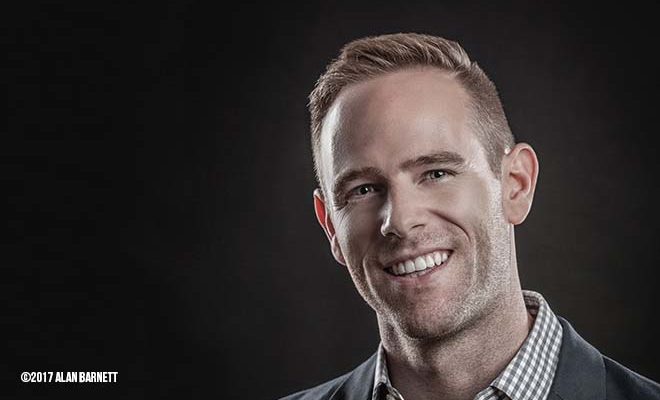
The Future of Equality
Arthur Woods champions hiring for diversity
By Julie A. Palm
The coronavirus pandemic has caused workers to rethink their jobs. And on second thought, many have walked. They want better work-life balance and more flexibility. They want to be paid fairly. They want to add value and to be valued.
In this environment, panicked employers may feel like they have to abandon key hiring goals, like building a diverse workforce, to fill slots as quickly as they can.
But there’s another way, says Arthur Woods, co-founder of Mathison, a technology platform that helps employers manage their diversity hiring efforts. Companies can use this rare opportunity to deepen their commitment to diversity, equity and inclusion. In the end, it will pay off.
“We’re really at risk of the progress we’ve made in terms of diversity being undone in this new normal with so many employers moving into a reactive mode to just fill the gaps,” Woods says. “That’s something we really, really want to try to avoid.”
 Woods recently published the new book, Hiring for Diversity: The Guide to Building an Inclusive and Equitable Organization. Co-authored by Susanna Tharakan, the book is a No. 1 new release in Strategy & Competition on Amazon. CEOs and DEI officers have used words like thoughtful, measurable, scalable, clear and must-read in their reviews.
Woods recently published the new book, Hiring for Diversity: The Guide to Building an Inclusive and Equitable Organization. Co-authored by Susanna Tharakan, the book is a No. 1 new release in Strategy & Competition on Amazon. CEOs and DEI officers have used words like thoughtful, measurable, scalable, clear and must-read in their reviews.
While the pandemic may have changed employees’ attitudes about work, it hasn’t altered the benefits of a diverse workforce, Woods says. “The greatest body of work and research that was done in the last two decades pointed to the countless number of benefits and the business case for diversity,” he says. “It’s better for business. It’s better for your bottom line. It drives greater innovation. It creates a better culture. If we think about this, philosophically, we know that a workforce that represents the very community and customer base you’re trying to serve is more effectively going to do that.”
Woods, a serial entrepreneur, investor and now author, has spent his career focusing on the intersection of equity, inclusion and technology. Among other accomplishments, he led operations for YouTube’s education division and founded Out in Tech, the largest global LGBTQ technology community. He was named to Forbes 30 Under 30, is a three-time TEDx speaker and was named to BEQ Pride’s 40 LGBTQ Leaders Under 40 Class of 2020. He also launched the first Equal Hiring Index to assess and improve inclusion in hiring.
What we’re saying is that Woods knows of what he speaks.
And Woods says employers too often convince themselves that there aren’t enough qualified candidates to create a diverse workforce — or that by simply hiring a “diverse candidate,” they’ve met their goals for inclusion and equity.
“It became vividly clear in our work that if we don’t create cultures that set people up for success — if we don’t give people the support, the mentorship, the onboarding — to actually thrive in their organizations, then all of our efforts will go out the door,” he says.
In today’s new normal, companies should strive to build cultural competencies across their teams to improve their understanding of vulnerable communities, address microaggressions and create supportive communities. Then, Woods says, “when we bring people in, they’re on a pathway to stay and advance.”
Companies also need to expand their definitions of diversity beyond categories like race and gender. “So many leaders think about diversity through a very narrow lens … based on what you can see,” Woods says. “That doesn’t recognize the fact that we have intersectional diversity, that we have invisible diversity, that an individual may find themselves not even comfortable identifying themselves as part of a particular community based on the way they’ve historically been treated.” Expanding the definition means looking to hire older workers, immigrants and refugees, people with disabilities, the recently incarcerated and working mothers.
In his own business, Woods faces the same challenges as other employers. So, how does Mathison handle them?
For one thing, the company focuses on internal training in cultural competency, led by Nicole Johnson, head of DEI. Mathison also has a diversity council, made up of leaders across underrepresented groups the company works with.
And, Woods says, “We’ve been very thoughtful about employing our own practices to structure our hiring process. A great example of that is instituting structured interviews.” With more formalized interview questions, consistent ways of scoring candidates and independent feedback from various members of the interviewing team, “we don’t fall into groupthink and conformity bias,” he explains. “It’s amazing how that simple process alone has led to much more equitable and consistent decision-making.”
Although Mathison has a head of DEI, it’s a small firm, Woods says, proving that companies of any size can commit to diversity and effectively improving their workforces.
“You don’t have to have a robust diversity department and chief diversity officer,” he says. “And you certainly don’t have to have a huge budget to make real tangible progress on growing representation. So many of the actions that we recommend in this book are possible for the frontline manager to do. So many steps are possible for the small business who cares about representation.”
Hiring for Diversity: The Guide to Building an Inclusive and Equitable Organization is available wherever books are sold.
 Julie A. Palm (she/her) is chief wordsmith at Palm Ink LLC in Winston-Salem, North Carolina. She specializes in writing, editing, publications management and communications consulting for a variety of clients, including trade magazines, business journals, colleges and universities, ad agencies and small businesses. Follow her on Twitter @julieapalm.
Julie A. Palm (she/her) is chief wordsmith at Palm Ink LLC in Winston-Salem, North Carolina. She specializes in writing, editing, publications management and communications consulting for a variety of clients, including trade magazines, business journals, colleges and universities, ad agencies and small businesses. Follow her on Twitter @julieapalm.
Business Equality Pride (BEQPride) is the first publication from the BEQ family of national print and digital magazines exclusively addressing the needs of LGBTQ small-to-medium sized businesses, entrepreneurs and professionals.



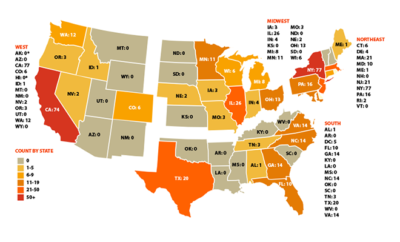

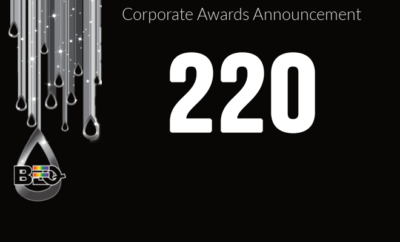
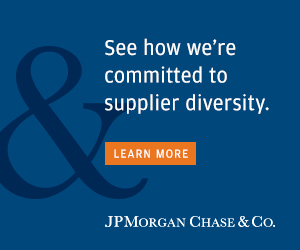
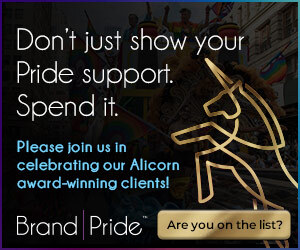
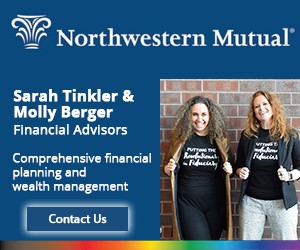
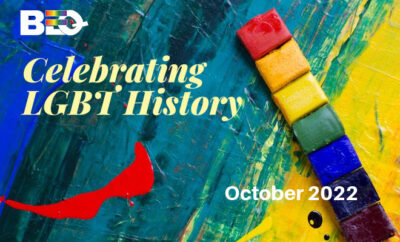







0 comments